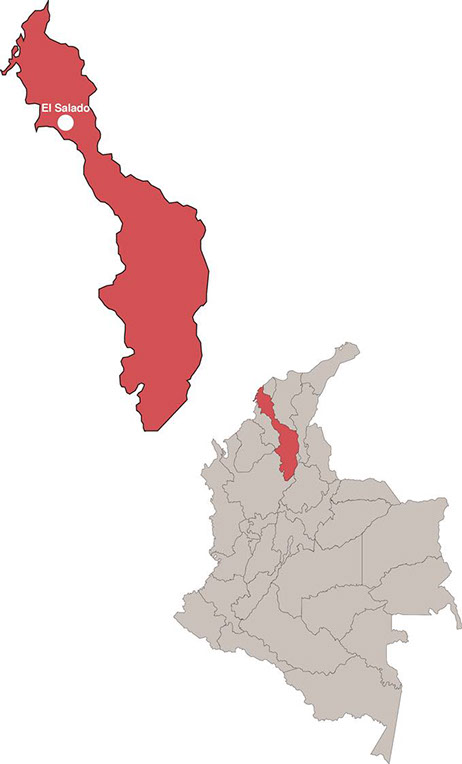x
GLOSSARY
Paramilitaries - AUC:
The United Self-Defense Forces of Colombia (AUC) was a right-wing illegal military group formed in 1997 by drug-traffickers and landowners to combat rebel (Farc) kidnappings and extortion. The group carried out a series of assassinations and massacres to exterminate left-wing activists who spoke out against them.

In 2003 the Colombian government signed a peace deal with the AUC –named as The Justice and Peace Process– under which paramilitary leaders would receive reduced jail terms and protection from extradition in exchange for surrender of arms.
Guerrilla - Farc:
The Revolutionary Armed Forces of Colombia (Farc), founded in 1964, is the oldest and largest illegal military group among Colombia’s left-wing rebels. It is also one of the world’s richest guerrilla armies because of its involvement in the drug trade that began in the 90’s.
FARC needed to raise money in order to be able to respond to the attacks by right-wing paramilitary forces. This guerrilla, which is on the EU and US lists of terrorist organizations, in November 2012 began peace talks with the Colombian government, focusing on key issues like land reform, political participation, disarmament of the rebels, drug trafficking, the rights of victims, and the post-war scenario.
Neo-paramilitarism, Bacrims or criminal bands:
Known as the paramilitary successor groups, they emerged in Buenaventura (pacific coast of Colombia) after the failed demobilization of right-wing paramilitary organizations in 2003.
These groups combine control of cocaine with extreme violence, child soldiers and extortion of businesses; however they do not have any apparent political agenda. Recent reports found an increasing number of assassinations of human rights activists.
Colombian conflict:
The conflict began in the 1960’s when FARC guerrilla was founded, claiming to fight for the rights of the poor in Colombia and protect them from government violence and provide social justice.
Since then, the conflict has grown into a civil war between the Colombian government, paramilitary groups, crime syndicates and left-wing guerrillas such as FARC, and ELN (National Liberation Army), all seeking to increase their influence on Colombian territory. According to Colombia’s National Centre for Historical Memory, 220.000 people have died in the conflict between 1958 and 2013, and more than 5 million civilians have been displaced or suffered other types of violence.
Massacre:
According to the UN terminology, a massacre is the act of murdering a large number of people, typically at the same time, or over a relatively short period of time. The mass murder may be committed by individuals or organizations. The two massacres committed in El Salado, the first in 1997 and the second in February of 2.000, left 71 victims (5 and 66 victims respectively).
Internal displacement in Colombia:
Colombia has the highest number of internally displaced people in the world with 5.7 million since 1985. According to the Internal Displacement Monitoring Centre IDMC, military confrontations between armed groups and the security forces, and threats to individuals and communities cause the majority of displacements.
Regarding the population of El Salado from before the massacre of 7.000 people and the current population of 1.500, more than 5.000 people were displaced as a result of the armed conflict.
El Carmen de Bolívar:
Generally referenced as El Carmen, it is a town located in Bolivar department in Colombia, in the southeast of Cartagena de Indias, near the Colombian Caribbean coast. The distance between El Salado and El Carmen de Bolívar is approximately 19,6 Km.
Bolívar:
It is a department of Colombia located to the north of the country. Its capital is Cartagena de Indias. By 2013 the population was estimated in 2 million people.
Fundación Semana:
Created in 2009 by Publicaciones Semana to work on post-conflict and reconciliation. The first project carried out by them is the reconstruction of El Salado, the second project is the development of San Basilio de Palenque, and the last one is at Montes de María, another region that was hit by the violence in the department of Bolívar.
By choosing these 3 locations, the objective is to create a roadmap for rural development that meets the needs of the region and joins the main actors interested on creating a lasting and sustainable development for the department of Bolívar.